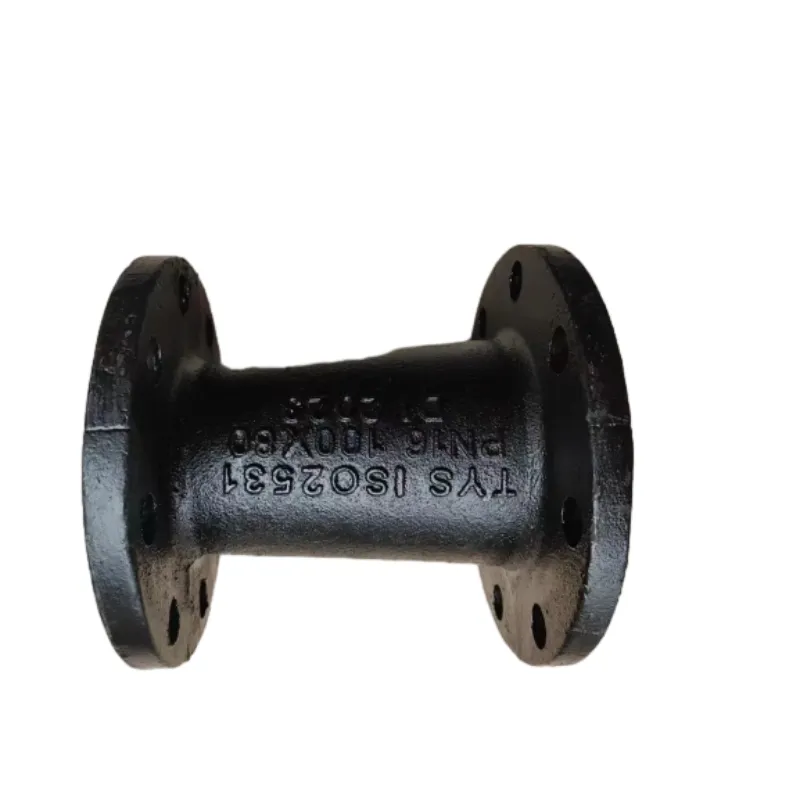Cost Analysis of Pneumatic Butterfly Valves for Industrial Applications
Understanding Pneumatic Butterfly Valve Prices A Comprehensive Overview
Pneumatic butterfly valves are crucial components in various industrial applications, serving to regulate or isolate the flow of fluids within pipes and systems. Their efficiency and functionality make them a popular choice across different sectors, including water treatment, chemical processing, and HVAC systems. However, when it comes to purchasing these valves, understanding their pricing structure is essential for both budget planning and ensuring optimal performance.
What Influences the Price of Pneumatic Butterfly Valves?
Several factors contribute to the price of pneumatic butterfly valves, making it essential for buyers to understand these variables in order to make sound purchasing decisions.
1. Material of Construction The materials used in manufacturing butterfly valves significantly impact their price. Common materials include stainless steel, cast iron, and plastic. Stainless steel valves tend to be more expensive due to their durability and resistance to corrosion, making them suitable for harsh environments. On the other hand, plastic valves are often more affordable but may not withstand high-pressure applications.
2. Size and Diameter The size of the valve is another critical factor affecting the price. Larger valves typically require more materials and manufacturing precision, leading to higher costs. As such, users should evaluate their specific application needs carefully, as opting for an oversized valve can lead to unnecessary expenditures.
3. Actuation Mechanism Pneumatic butterfly valves utilize compressed air for actuation, making the design and quality of the actuator vital to performance. Higher-quality actuators allow for a better response time and more reliable operation, which, in turn, increases the overall cost of the valve. Additionally, features like fail-safe options or advanced controls can add to the price but offer increased operational safety and efficiency.
4. Brand and Manufacturer Just like any other product, the brand and reputation of the manufacturer can influence pricing. Established brands with a strong reputation for quality and customer support often charge a premium for their products. However, investing in renowned brands can result in better reliability, service, and warranty options, providing peace of mind in the long run.
5. Customization Options Many applications require specific features or designs that deviate from standard offerings. Customizations can include particular dimensions, special coatings, or unique actuator designs, all of which can drive up costs. While these additions may seem costly, they can be vital for ensuring the valve’s compatibility with specific system requirements.
6. Market Demand and Economic Factors The general market demand and global economic conditions can also have a significant impact on pricing. Fluctuations in material costs, supply chain disruptions, and changes in energy prices can all contribute to variations in valve prices. Staying informed about these economic factors can help buyers anticipate changes in cost.
pneumatic butterfly valve price

Typical Price Ranges
While prices can vary widely based on the factors mentioned above, a rough estimate gives potential buyers a starting point. Generally, pneumatic butterfly valves can range from $100 to upwards of $2,000 or more. For example, smaller, basic plastic valves may cost as little as $100, while larger, stainless steel models with advanced features could reach $1,500 or more.
Making an Informed Purchase
To ensure that you are making an informed purchase that best fits your application needs, it’s crucial to conduct thorough research. Consider the following steps
1. Assess Required Specifications Identify the proper size, material, and actuator options needed for your system. Always take into account the operational conditions, including temperature and pressure.
2. Compare Options Don’t settle for the first quote you receive. Compare several manufacturers and suppliers to evaluate pricing and features.
3. Consult with Experts If unsure about specific requirements, it can be beneficial to consult with an engineer or valve specialist to guide your selection.
4. Plan for Total Cost of Ownership Factor in installation, maintenance, and potential downtime costs when assessing your budget, as the initial purchase price is only one part of the overall investment.
In conclusion, while pneumatic butterfly valves are indispensable in many industrial operations, their pricing varies considerably based on several factors. By understanding these factors and conducting thorough research, buyers can make informed decisions that align with both their operational needs and budgetary constraints.
-
The Smarter Choice for Pedestrian AreasNewsJun.30,2025
-
The Gold Standard in Round Drain CoversNewsJun.30,2025
-
The Gold Standard in Manhole Cover SystemsNewsJun.30,2025
-
Superior Drainage Solutions with Premium Gully GratesNewsJun.30,2025
-
Superior Drainage Solutions for Global InfrastructureNewsJun.30,2025
-
Square Manhole Solutions for Modern InfrastructureNewsJun.30,2025
-
Premium Manhole Covers for Modern InfrastructureNewsJun.30,2025
